Pair of sphinxes
Wood, cm 16.5 x 15.5 x 6
Present in Mesopotamian, Egyptian and Greek mythology, the sphinx is a being usually represented with a human head and a lion's body. He is sometimes attributed with raptor wings and a serpent in place of a tail, and the human head is replaced by the heads of a falcon or a goat. But in the three mythologies, it has different origins and functions. In Egypt, the sphinx is the guardian of the pyramids which, silent and imperturbable, seem to be as old as the earth itself. In Mesopotamia, it is flanked by the figures of the lamassus, hybrid creatures with human head and body or lion or bull and also provided with wings, considered as beneficent entities carrying strength and wisdom, placed in the protection of cities and palaces. In Greek mythology, on the other hand, the sphinx is a creature daughter of Typhon and Echidna and sister of monstrosity like the Chimera, the Hydra and the Cerberus. In this case, it was a monster that scourged the city of Thebes by interrogating passers-by and devouring those who could not solve its riddles, solved only by the intrepid Oedipus. These two carved wooden sculptures represent two sphinxes with the body of a lion and the chest and face of a woman. Dating from the 19th century, they are part of the cultural movement that led to the rediscovery of the Orient; the current of Orientalism spreads especially in England and France, begun in the last years of the 18th century finds its greatest diffusion, especially after the expedition of Napoleon in Egypt in 1798.



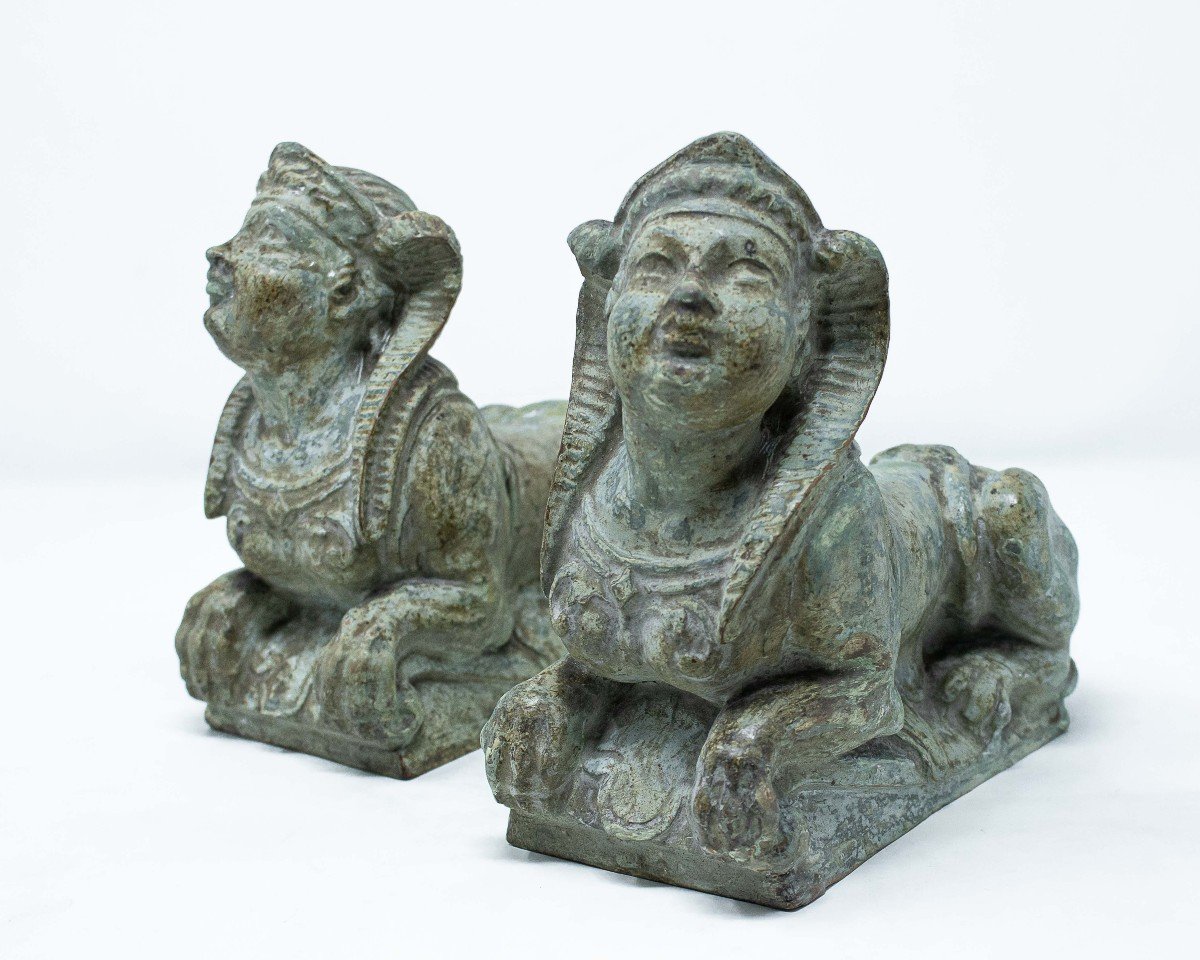

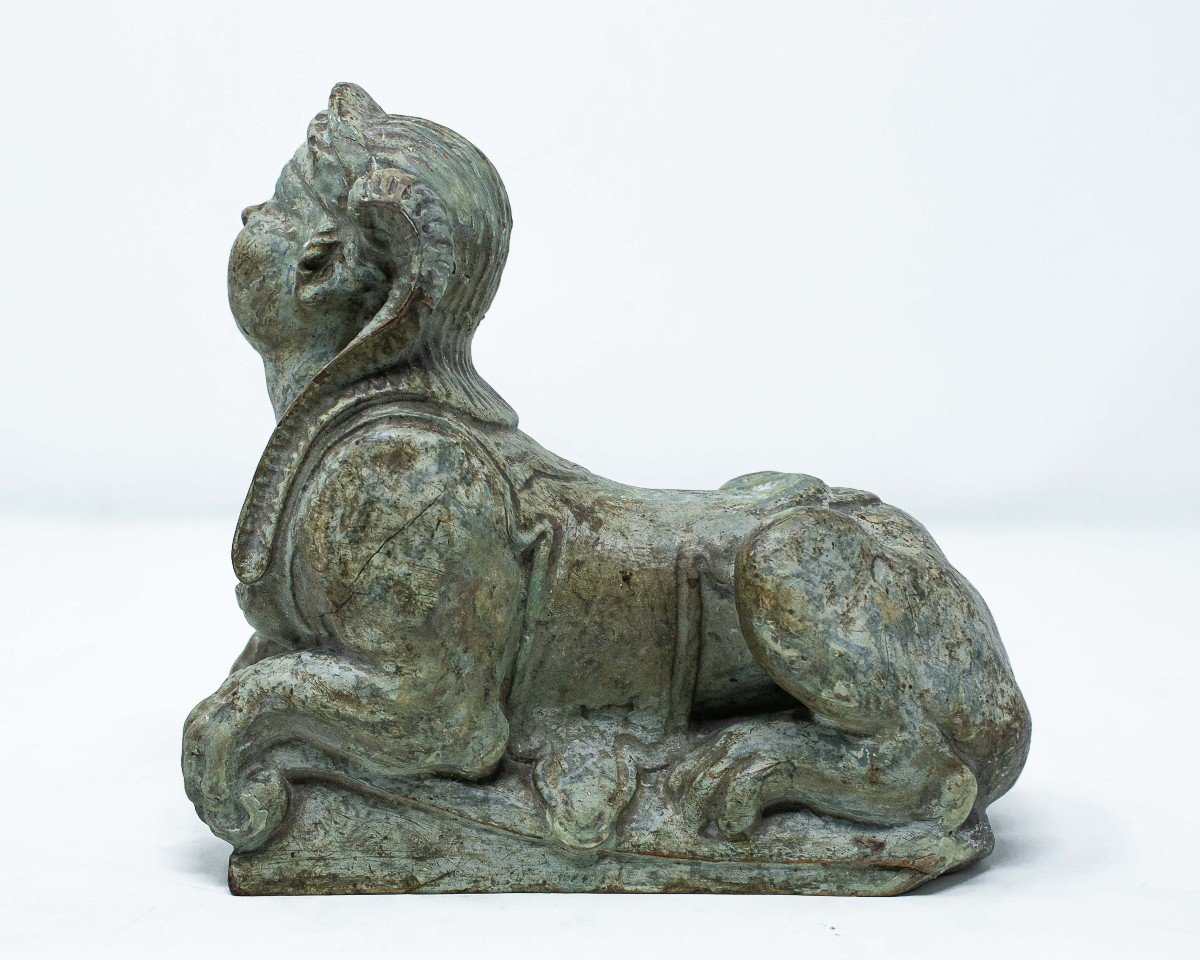

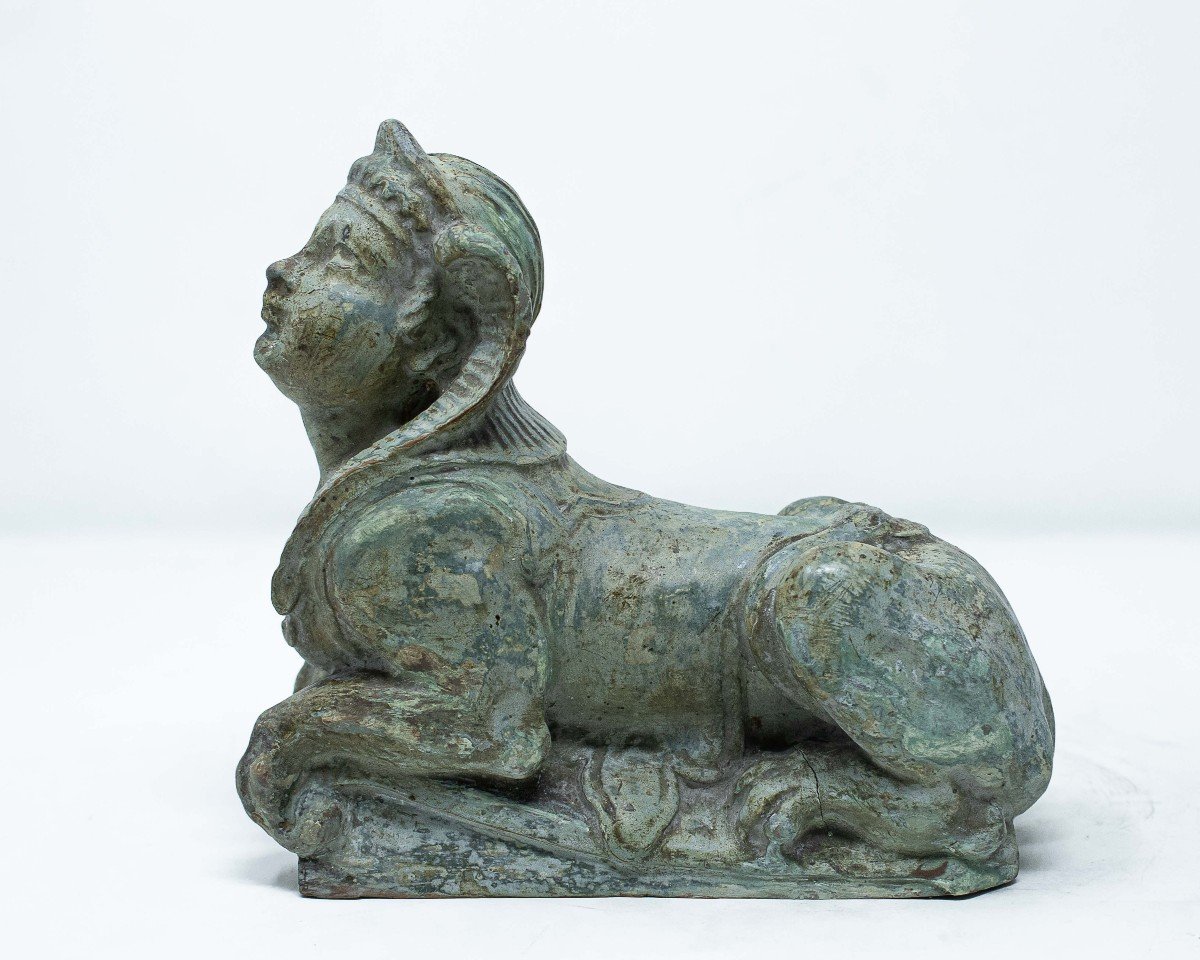
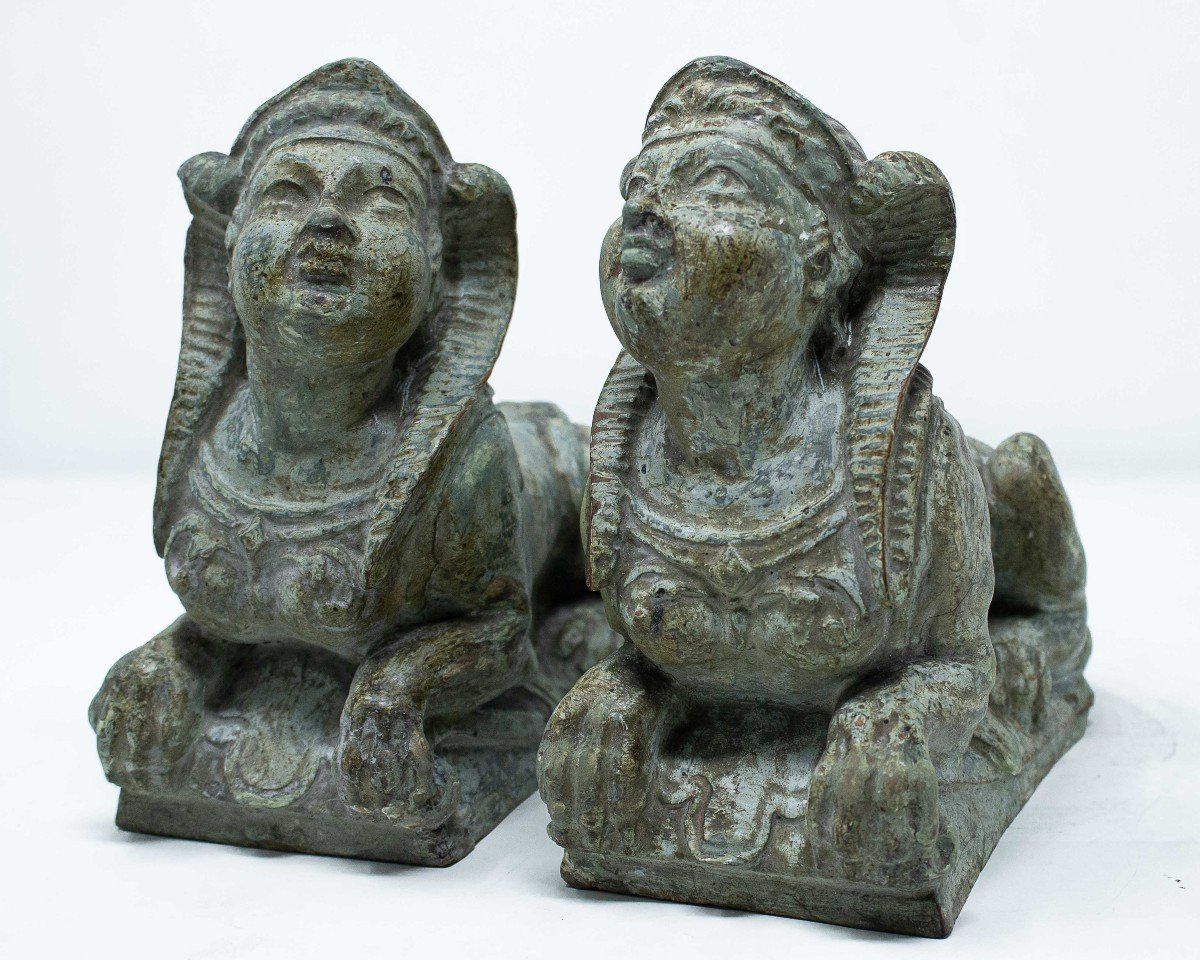
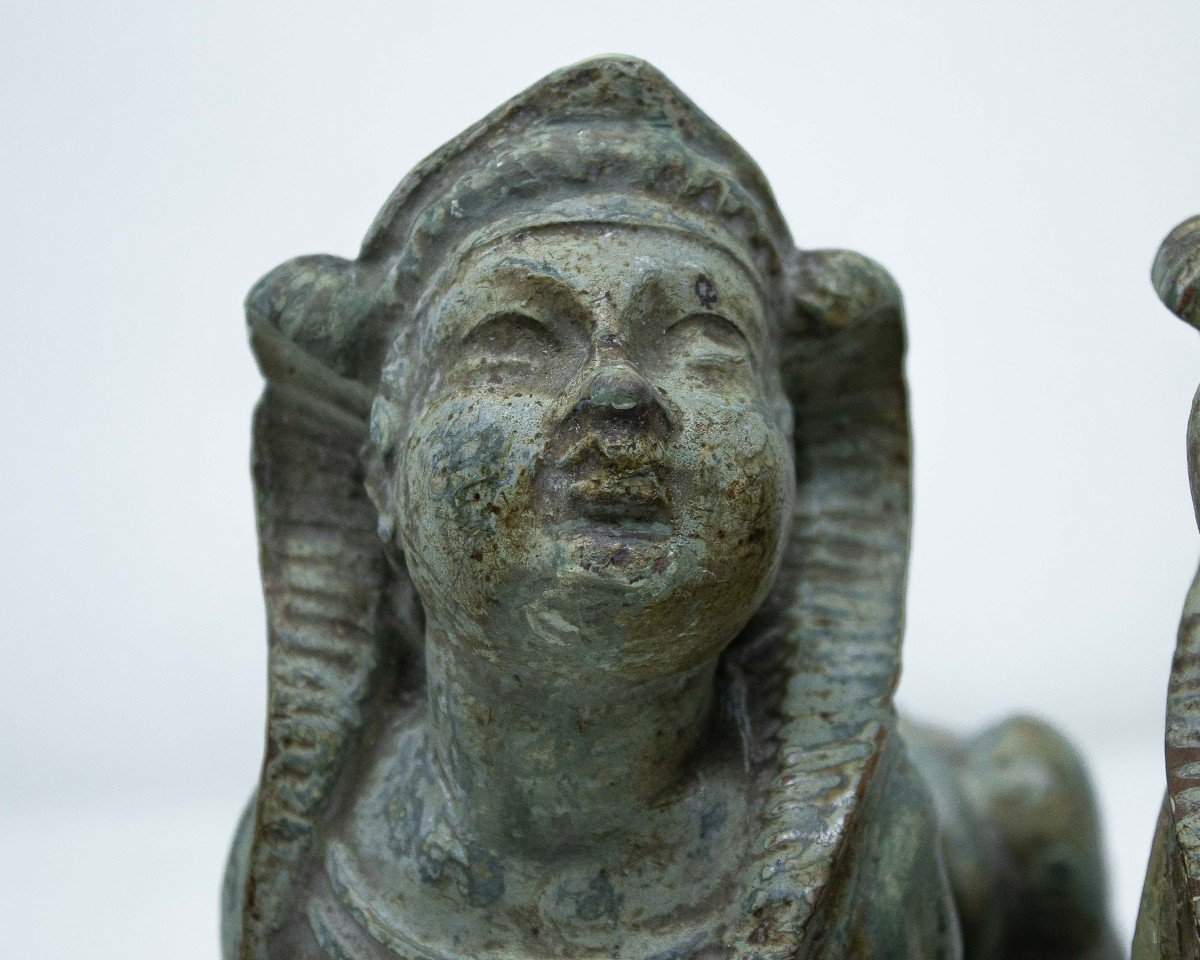













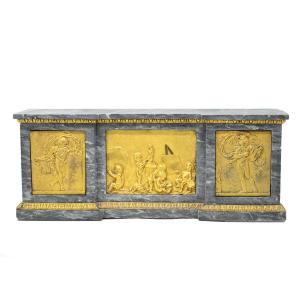



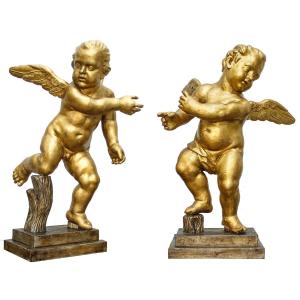







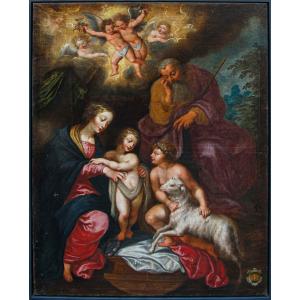






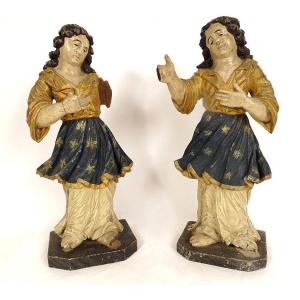



 Le Magazine de PROANTIC
Le Magazine de PROANTIC TRÉSORS Magazine
TRÉSORS Magazine Rivista Artiquariato
Rivista Artiquariato